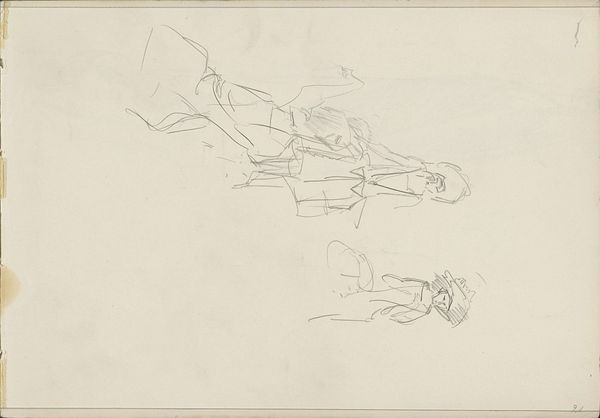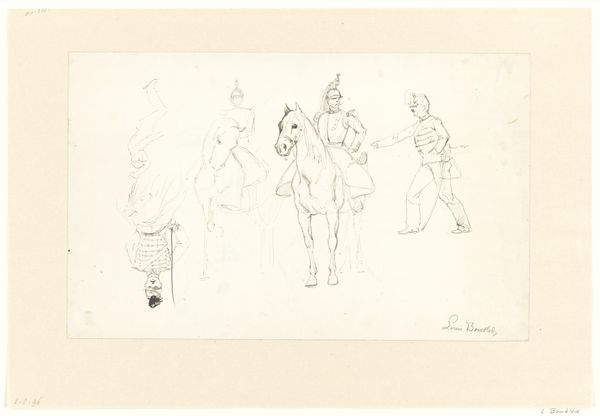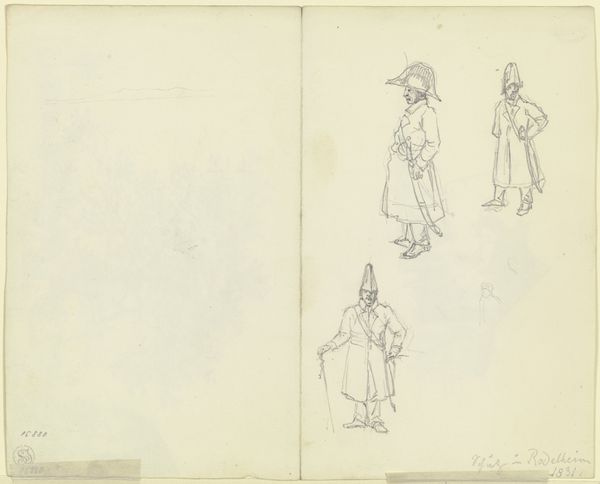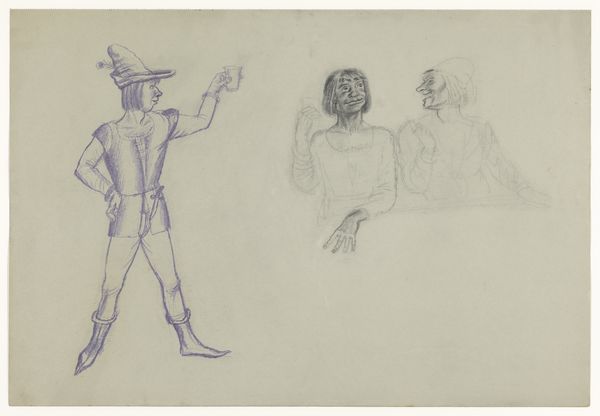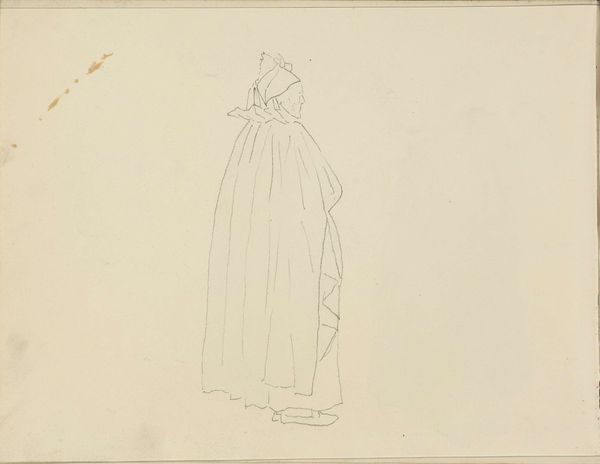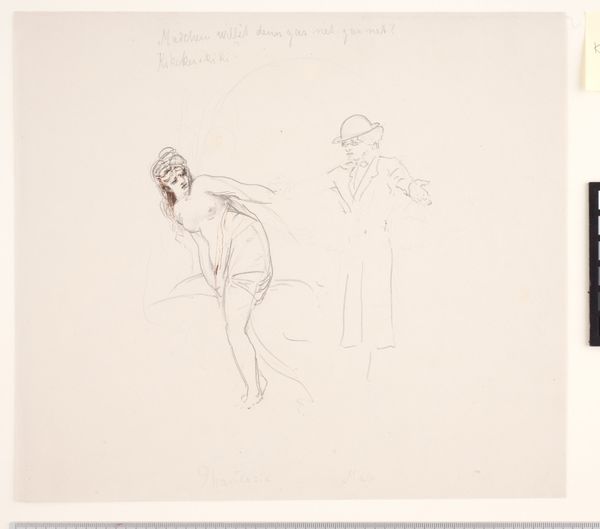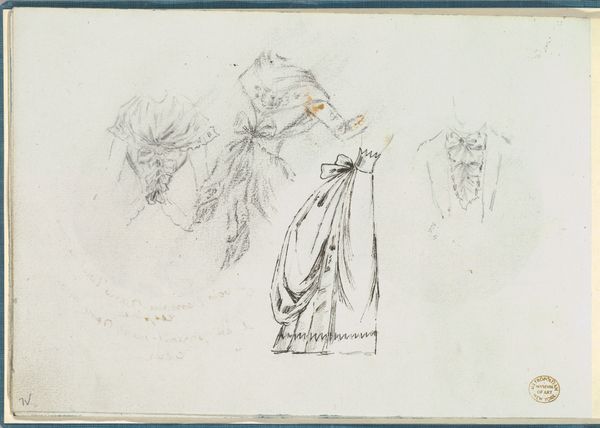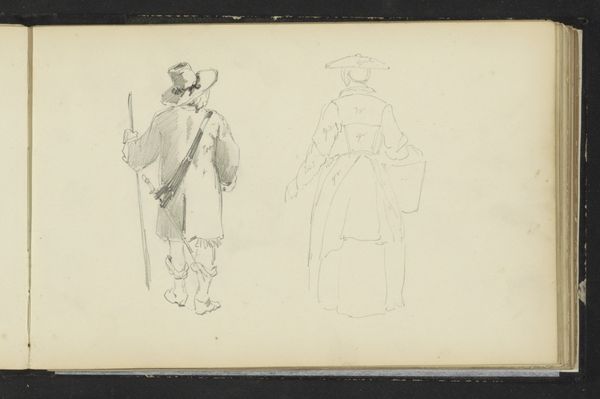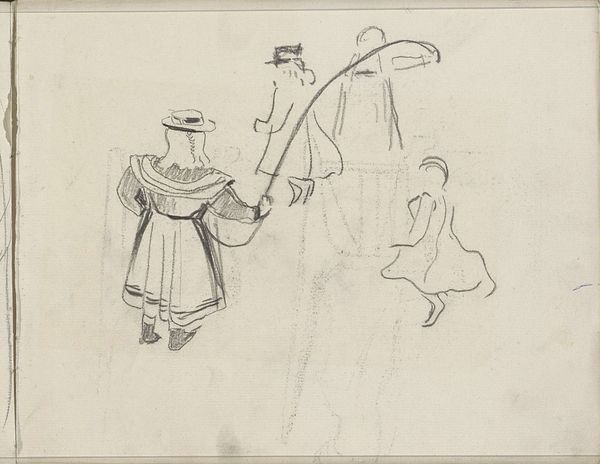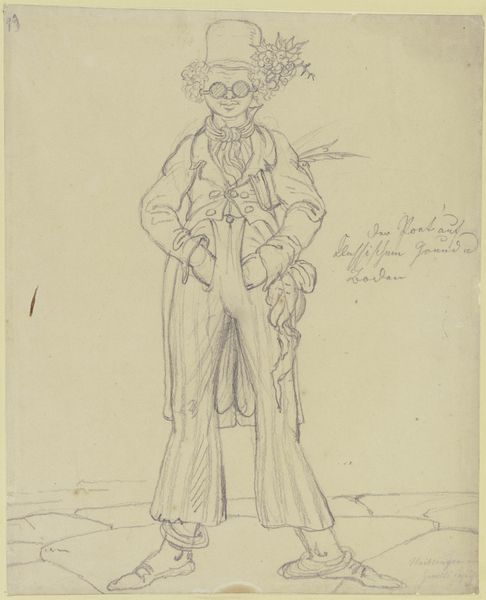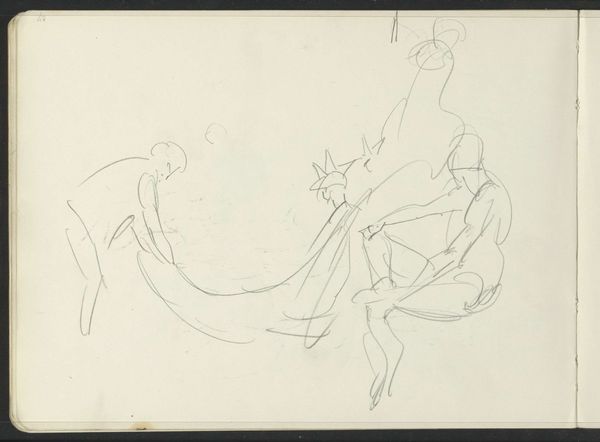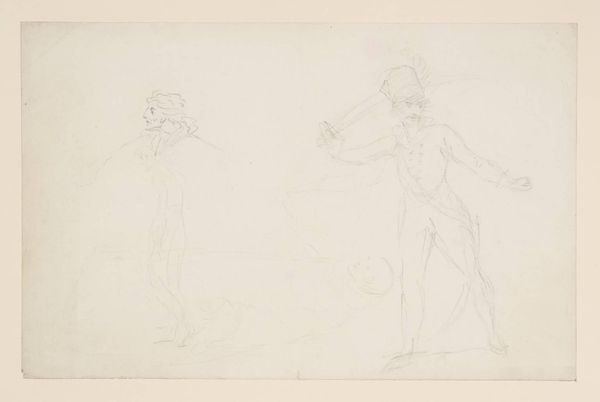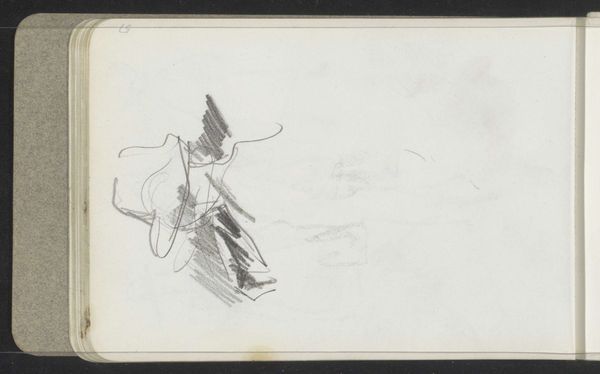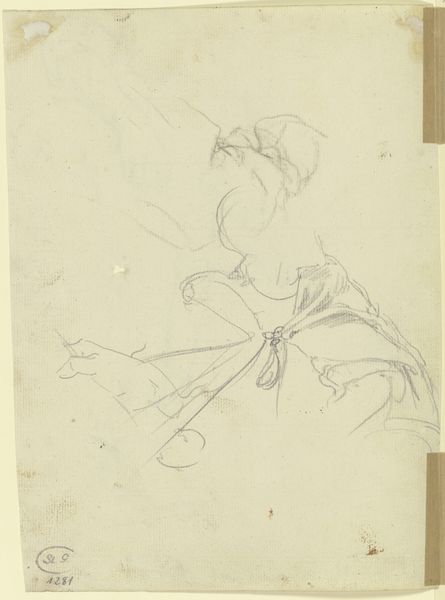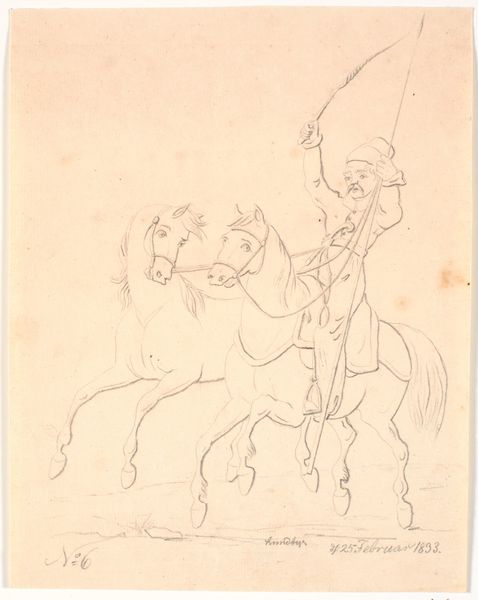
Campagnol til hest, set forfra og bagfra, samt studie af en hests bagben 1845
0:00
0:00
drawing
#
portrait
#
drawing
#
landscape
#
realism
Dimensions: 294 mm (height) x 293 mm (width) (bladmaal)
Editor: We’re looking at “Campagnol til hest, set forfra og bagfra, samt studie af en hests bagben” which translates to “Campagnol on horseback, seen from the front and back, as well as a study of a horse's hind legs”, a drawing by Johan Thomas Lundbye from 1845. The figures are so subtly sketched. It feels like we are peeking into the artist’s sketchbook. How might this image reflect the social context of its time? Curator: This sketch offers a glimpse into the romanticized view of rural life prevalent in Denmark during the mid-19th century. Lundbye, a key figure in Danish Golden Age painting, often depicted the Danish landscape and peasantry. He aimed to construct a national identity tied to the land and its people. Editor: So, the Campagnol— is that a specific type of rider? What does it tell us about Lundbye’s interest in portraying him? Curator: “Campagnol” translates to something like "field worker," indicating someone connected to the rural environment. Lundbye's choice to depict this figure— not a king or noble, but a common worker— situates the value in the ordinary and the authentic. Consider also how sketching multiple angles elevates the animal to an object of respect, not of mere utility. Do you see any contemporary parallels to his idealized representation? Editor: It seems related to ideas around "folk art," where the everyday life of ordinary people is considered valuable. And I can see how this celebration of rural life would influence ideas about national identity. So, even a quick sketch has that potential? Curator: Absolutely. Visual representations of everyday life play a key role in shaping public perception and national narratives. This drawing prompts us to consider the social values being promoted through art and who is included, or excluded, from these narratives. Editor: I had only considered this to be a practice drawing. But, now, it gives so much food for thought! Thanks so much! Curator: It highlights the power of art to construct and reflect on the very values of society, doesn’t it? It’s always there, in even the simplest drawings.
Comments
No comments
Be the first to comment and join the conversation on the ultimate creative platform.
